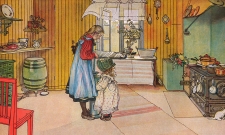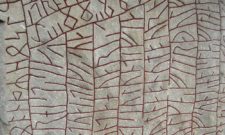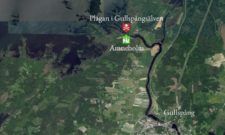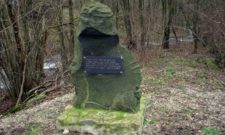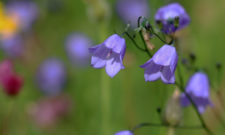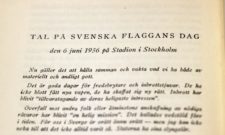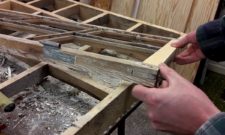Shop our historical maps
Culture
13 beautiful cultural reserves from all over Sweden

Jun
There are currently 45 cultural reserves in Sweden - widely varying and particularly valuable cultural environments that are preserved according to management plans together with knowledge and traditions linked to the site. Here are 13 examples from across Sweden.
Since 1999, municipalities and county councils in Sweden have been able to classify valuable cultural environments as cultural reserves. This means that the buildings, land and remains included are given special protection and managed according to an established plan. The management plan often includes the preservation of the knowledge and traditions associated with the site and it is the responsibility of the manager to make the activities accessible to visitors in various ways. In many cases, guided tours, lectures or special activity days are offered. Cultural sites are sometimes privately owned, but many are managed by foundations, museums or non-profit associations.
The first cultural reserve, Åsens village in Småland, was established in 2000. Sweden now has 45 cultural reserves, representing a wide variety of environments and activities. Many are well-preserved farms from the farming community of the past, but there are also mill communities, fishing villages, well sites, manor houses and sites rich in ancient monuments.
Cultural reserves are now spread across almost the whole country, from Överkalix in Norrbotten to Osby in Skåne. This means that almost anywhere you travel in Sweden, you have good opportunities to experience cultural reserves. Those who can dive can even take part in an underwater cultural reserve in the form of an area of culturally interesting shipwrecks off Dalarö.
Below is a list of selected environments, which are well worth seeking out. On the website of the National Heritage Board you can read more and find a list of all cultural reserves.
Öna (Östergötland)

The island consists of four isolated farms on barren land in the woods. Together, they bear witness to what life was like in a poor forest settlement in the 19th century. All arable land has been taken. Inconspicuous patches of fields are wedged between stones and boulders and small terraces have been created to increase the arable area. In several places, cairns have been built. Here it becomes clear how much effort was required to transform the forest into fields and meadows.
Fatmomakke church town (Lapland)
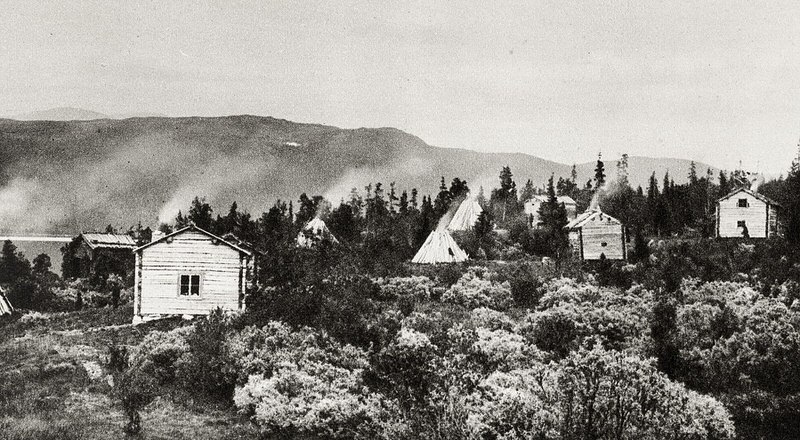
The church towns are a unique cultural heritage of the northern parts of Sweden and Finland. The long distances made it necessary for churchgoers to have shelter in the vicinity of the church, which led to the construction of a settlement of simple overnight accommodations. Fatmomakke church town emerged in the 18th century, when the Sami began to erect huts near a church building in southern Lapland. In the 19th century, settlers added backpackers' cottages to the church town, so that the buildings that have survived today represent a wide variety of building traditions.
Ronneby fountain park (Blekinge)
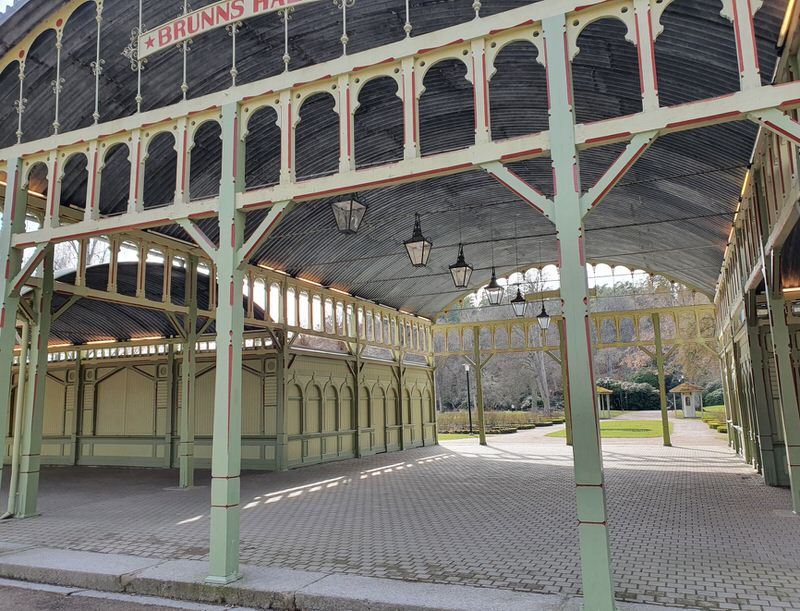
Brunnsparken in Ronneby is hundreds of years old. The acid well that gave rise to the special well environment was discovered in the early 18th century. It was promoted as a source of health and a health resort developed as people sought it out. Today, the area is a park, where footpaths wind through gardens and beautiful wooden buildings from the well era. The park has won several awards and was named Sweden's most beautiful park in 2005.
Military airfield 16 (Värmland)

Brattforsheden in Värmland is Sweden's only preserved wartime airfield. It is a distinctive part of the country's military historical heritage, illustrating the Swedish mobilisation during the Second World War. The environment is intact with barracks and loading bays.
Stabergs Bergsmansgård (Dalarna)

At Staberg, all the different parts of the mountain manor have been preserved: buildings, garden, hut area, farmland and forest. The well-maintained timber houses show how the mountain men lived and the associated baroque garden retains the character of the 18th century. To the south of the garden, Staberg Manor overlooks the landscape. Those who wish can visit the old slag heaps, which create a fascinatingly desolate landscape.
Sandviken fishing village (Ångermanland)

On the northernmost part of Norra Ulvön off the coast of Ångermanland, Sandviken fishing village is located by an open bay. The boathouses are grouped in an arc around the harbour and give a picture of what a fishing village looked like in the 18th century. The long-distance fishing that started here has medieval roots.
Linnaeus Hammarby (Uppland)

In Hammarby in Uppland, Carl Linnaeus had his summer residence and the place is influenced by his work in the 18th century. He used the fields around the farm as a botanical experimental environment for test cultivations of both native and exotic plants. Many species still survive today.
Bollaltebygget (Halland)

Knäred parish in southern Halland has this special cultural environment. The core of the cultural reserve consists of a four-lane farm dating back to the 17th century. The surrounding land contains a well-preserved lane, cultivation ditches and pastures bounded by stone walls. There are also several red-listed plants. A nature and culture trail can be followed for those who wish to explore the area.
Äskhult (Halland)

In Äskhult it is possible to see what an agricultural village looked like before the land reform of the 19th century. The cultural reserve consists of four farms gathered around a village square. The buildings are archaic and surrounded by fields, cabbage gardens and hewn trees. The walk to the village is along the old road. The village now has no residents and is managed by a foundation, which organises many public events.
Gräfsnäs Castle Park (Västergötland)
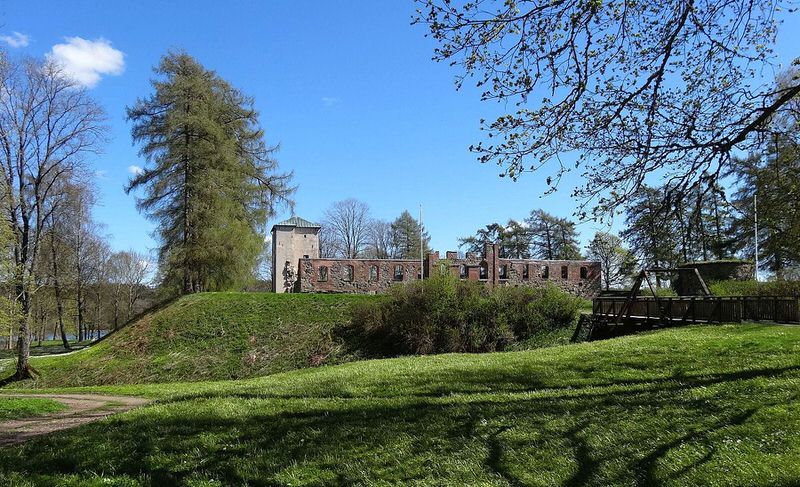
A castle was built in Gräfsnäs in the 16th century, but was later destroyed by fire on three occasions. After the last fire in 1834, the castle was left to decay and is now a ruin. Visitors can read the traces of history both in the building and the surrounding castle park. During the summer, historical guided tours, fairs and jousting are organised.
Stensjö village (Småland)

The landscape around Stensjö village is the result of hundreds of years of farming, cattle breeding, stone clearing and mowing. Red-painted houses, fields, orchards, pastures and farmyards help to depict an idyllic setting from the turn of the last century. Several scenes from the film adaptation of Astrid Lindgren's books about the children in Bullerby were filmed on the site.
Mårtagården (Halland)

The cultural reserve includes two captains' farms (Mårtagården and Apelhögen) on the Onsala peninsula. Together they illustrate a unique seafaring culture, combining agriculture with long-distance shipping. The farms date from the 18th century and are now managed by a foundation. Mårtagården's farmhouse is intact from the farm's active period and is on display for groups. The surrounding agricultural landscape is managed according to old methods.
Old Pershyttan mining village (Västmanland)
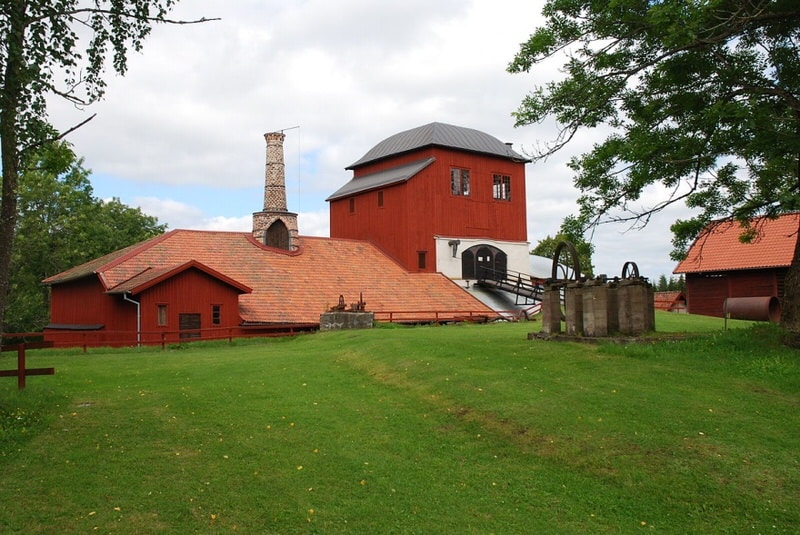
Here visitors can discover a well-preserved mountain village with its agricultural and industrial landscape. People have lived and mined here since the 14th century. The smelter, smelter village, mining area and water system remain today. The smelter has probably been in the same place by the Smygarebäcken since the Middle Ages, but was given its present form in 1856. The grate furnace and blast furnace remain as they were left after the last blasting in 1953.
Subscribe to YouTube:
If you appreciate Allmogens independent work to portray our fine Swedish history and Nordic culture, you are welcome to buy something nice in the shop or support us with a voluntary donation. Thank you in advance!
Support Allmogens via Swish: 123 258 97 29
Support Allmogens by becoming a member
Support Allmogens in your will
Popular
The slaughter of the almages on Helgeandsholmen 1463
Allmoge - what is it?
Smokestone (Eye 136)
The plague in the Gullspång river
25 March 1644: Massacre of Scanian peasants at the Battle of Borst
Small bluebell voted Sweden's national flower
Speech on Swedish Flag Day
How to renovate old windows step by step
Culture

